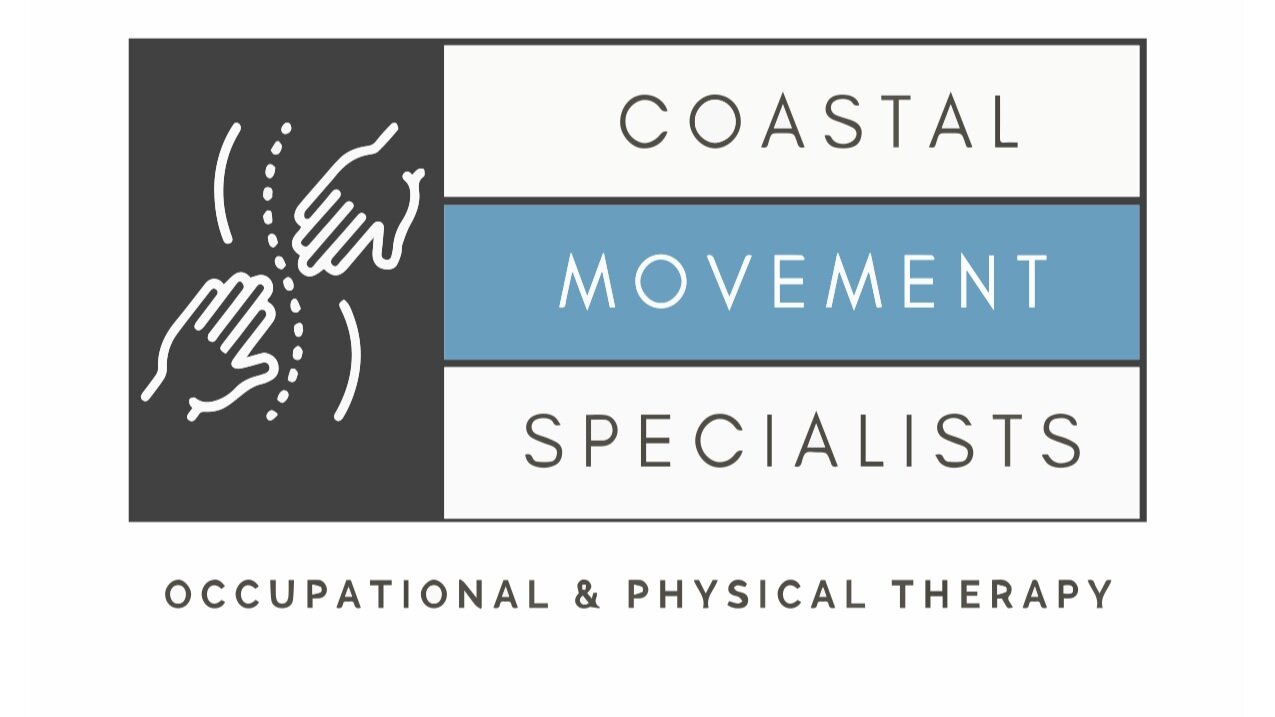How to Treat Tennis Elbow
Studies show that almost half of the people who play tennis develop elbow pain sometime during their life. However, the condition known as tennis elbow occurs mainly in those who repetitively move their arm in other ways than hitting tennis balls. Learn more below about the symptoms, causes, treatments, and steps you can take to help prevent tennis elbow.
What Is Tennis Elbow?
Tennis elbow is the common name for a medical condition known as lateral epicondylitis. It results when you overuse your forearm and wrist to cause inflammation and swelling of the muscles and tendons of your lower arm. The muscle most affected with tennis elbow is the extensor carpi radialis brevis which begins from the outer elbow bone.
As this short muscle descends toward the hand, it gives origin to a tendon that attaches to the back of your hand. The muscle and tendon work to pull your hand backward toward your elbow. When you overwork or overload your lower arm, it can result in inflammation, microscopic tears, and eventual degeneration of the muscle and tendon.
What Are the Symptoms of Tennis Elbow?
Mild symptoms of tennis elbow develop gradually and can worsen over weeks and months. The common signs and symptoms include:
· Burning or painful sensation that begins on the outside of your elbow.
· Pain that eventually radiates from the elbow to the wrist.
· Symptoms in the lower arm that worsen at night.
· Pain in the forearm and back of your hand when twisting, gripping, or lifting objects.
· A weakened grip that may result in pain when lifting light objects such as a cup or book.
· Swelling and tenderness around your elbow.
What Causes Tennis Elbow?
The extensor carpi radialis brevis muscle gets used extensively while playing tennis because it stabilizes your wrist when the elbow is straight. Tennis groundstrokes, and especially the backhand stroke, place a great deal of strain and can eventually damage the muscles and tendons of your forearm and wrist. Tennis players are more vulnerable to tennis elbow by:
· Hitting backhand strokes with improper form.
· Having weak shoulder, forearm, and wrist muscles.
· Using a tennis racket that is too short.
· Keeping strings too tight on the tennis racket.
· Excessively hitting the ball on the periphery of the racket’s strings instead of the center.
Lateral epicondylitis became known as tennis elbow in 1883 when it became more common in tennis players. However, today, most cases of tennis elbow occur in those who don’t even play tennis. Almost any repetitive movement of the arm can cause the inflammation and pain associated with tennis elbow. In addition to tennis, some of the more common causes include:
· Any racquet sport such as racquetball, badminton, and squash.
· Using hand tools such as screwdrivers and scissors.
· Painting, plumbing, masonry, typing, sewing.
· Excessively using a computer mouse.
· Professions that require repeated hand motions for fine detail work, such as dentists, musicians, artists, and carpenters.
What Are the Risk Factors for Tennis Elbow?
Although tennis elbow can affect you at any age, most cases occur between thirty and fifty. Certain occupations and recreational activities also place you at a higher risk. One study of almost five thousand people with tennis elbow identified the following as additional risk factors:
· Rotator cuff injury.
· Carpal tunnel syndrome.
· Taking oral corticosteroid medications.
· History of smoking.
· Diabetes mellitus.
· Rheumatoid arthritis.
· Alcohol consumption.
· Obesity.
How Can You Treat Tennis Elbow?
The poor blood circulation in the elbow area makes healing inflammation an often slow and frustrating process. Therefore, most mild cases receiving non-surgical treatment aim to increase the blood flow to promote the body’s repair abilities. Treatment for tennis elbow ranges from very conservative steps to invasive surgical techniques, including:
· Rest. Avoid any activity that worsens the pain.
· Ice. Apply a cold pack for ten to fifteen minutes several times throughout the day.
· Medication. After verifying no contraindications, take over-the-counter anti-inflammatory medications such as ibuprofen.
· Compression. Wrap your elbow in a compression wrap.
· Brace. Your primary care provider may recommend a support brace to decrease the tension on your tendons and muscles.
· Stretching. Do gentle stretching several times each day.
· Steroid injections. Corticosteroids injected into the elbow can reduce pain and inflammation.
· Ultrasound. Pulsed ultrasound can improve blood flow by breaking up scar tissue.
· Surgery. Most cases of tennis elbow respond to conservative measures. When necessary, various surgical techniques such as arthroscopy and reconstructive surgery may be necessary.
· Physical therapy. Physical therapists prescribe customized treatment plans that may include stretching exercises, strength training, functional training, and therapeutic exercises to stimulate complete and rapid healing.
How Can You Prevent Tennis Elbow?
Steps you can take to prevent tennis elbow include:
· Use proper techniques, tools, instruments, and equipment in your occupation and recreation.
· Strengthen your forearm muscles using light weights.
· Use your shoulder and upper arm muscles to minimize straining your elbow and wrist whenever possible.
· Take frequent breaks during activities requiring repetitive motion.
· Warm-up and stretch your elbow, wrist, and arm before activities.
· Use a light grip on objects when possible.
· Only use repetitive motion when essential.
Work With Our Physical Therapists
Our physical therapists are movement specialists that can help you prevent, treat, and recover from tennis elbow. Located on Johns Island, SC, Coastal Movement Specialists serves the entire Charleston area. Contact us today to learn more.

